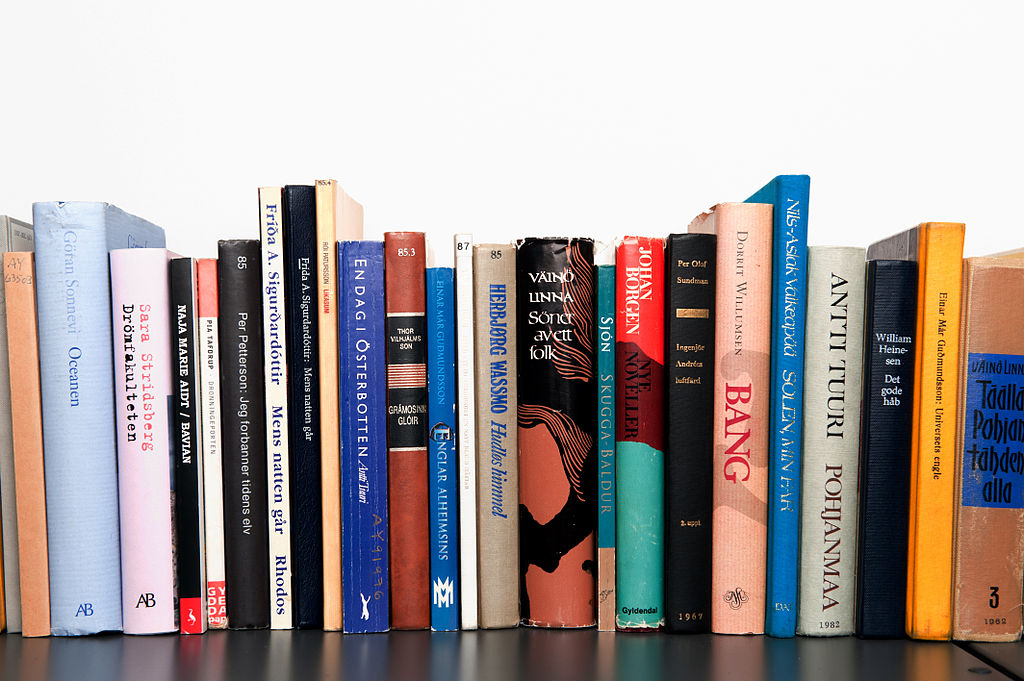Making Connections
The thing that I have found most interesting has been the progression over time and how the technologies are both produced by societal changes and are caused cause societal changes. In her first post (https://blogs.ubc.ca/etec540summer15/2015/05/18/from-papyrus-to-cyberspace-response/) Sandra makes an interesting point about how we are in an era of change which is more rapid than the past which is presenting more challenges than times of historic technological change. I think this is true because we are dealing with changes on multiple fronts. Not only is our source of information changing, but our methods of communicating are as well. When the shift to writing started, it was a long time before people used writing as their primary method of communication. As the shift to printed books occurred, printed information was easier to come by, but interpersonal communication remained basically the same. In the digital age, not only are we shifting from books to internet information but we are also changing how we communicate using texting or social media instead of traditional forms of oral or hand written communication. This is changing many of the conventions of our society; however, as Ronaye mentioned (https://blogs.ubc.ca/etec540summer15/2015/05/20/the-scholarly-pursuit/) that even though we are changing how we present our information, technology has not changed the reasons that we are pursuing knowledge and why we wish to communicate them to each other. I think this is an important point because it shows that technology is affecting how we communicate not why we do so. I have also found it interesting that the many of the goals about the distribution of written knowledge have remained the same over time. For example the current efforts to create massive online libraries is reminiscent of the Alexandria Library and its massive collection.
Many arguments have been made that there was a shift in human thought patterns when we moved from predominantly oral culture to a written one. Bryan’s post (https://blogs.ubc.ca/etec540summer15/2015/05/31/literacy-abstraction-and-metacognition/) illustrates this by discussing Ong’s theories about the shift from orality to literacy and the detachment of the author from the written text. Early texts tended to write in a similar manner to oral recitations and over time authors wrote separate from themselves. However, in her post (https://blogs.ubc.ca/etec540summer15/2015/05/31/communication-on-the-continuum/) Janice mentions that we are all on a sliding scale of oral/literate methods of communication that depend on a variety of individual factors. I think this is a very interesting point, because it emphasis that there is no dramatic evolutionary movement one way or another, but rather we use a range of tools to communicate with others. These tools have changed over time, more convenient tools are adopted more broadly and for longer while others fade.
Yik Wah mentioned in his post (https://blogs.ubc.ca/etec540summer15/2015/06/25/there-and-back-again-progressing-for-the-sake-of-progress/) about the dangers of adopting new technologies purely for the sake of progress. I think this links back to the ideas about change in society. Currently, technology and its marketing, are pushing us in one direction; however, if we are all on our own sliding scale between orality and literacy we need to remember the underlying reason for the communication and choose an appropriate tool. Laura made an interesting point (https://blogs.ubc.ca/etec540summer15/2015/06/18/mechanization-of-text/) about the increasing availability of information starting with the invention of the printing press. I think that this event and the following developments really increased society’s shift from orality to literacy. Printed information has continually been made more accessible. With the advent of digital technology, there is even more opportunities for printed information, but we are also increasing other types of information communications with audio-visual modes of presentation. For example the use of emoticons are combining visuals into text, which is the subject of Susan’s post (https://blogs.ubc.ca/etec540summer15/2015/07/09/the-changing-landscape-of-language/). She makes a very good point by raising the question as to whether emoticons are providing more insight or more ambiguity to text. Writing has always been open to interpretation, and has often been interpreted in many different ways, despite the common notion that text is static with its true meaning obvious. Images can add clarity by presenting additional information, but the nature of an image is often open to multiple interpretations.
One of the most important changes that digital technology has brought to text is hypertext which is the subject of Tina’s post (https://blogs.ubc.ca/etec540summer15/2015/07/09/hypertext-linking-ideas-decades-and-dreams/). The concept of hypertext extends further back than the invention of computers. People have always been concerned about linking together works of text and there were attempts to provide these links in printed works through annotations and other devices. However, with the invention of computers it became much easier to connect ideas between works, and with Web 2.0 users can collect and connect works in a way that was never possible before.
The progression of technology from the invention of writing to Web 2.0 has been interesting and one can only imagine where it will be going from here. One thing that has remained consistent is the concern people have felt about each new invention, sure that it will be the downfall of society. Although each step changed things in fairly substantial ways, human society seems to be moving along alright.
Image Reference:
Jansson, J. (Photographer). (2011). Book spines [Photograph], Retrieved from https://en.wikipedia.org/wiki/Book#/media/File:Urval_av_de_bocker_som_har_vunnit_Nordiska_radets_litteraturpris_under_de_50_ar_som_priset_funnits_%282%29.jpg


Nice work incorporating your classmates work to highlight your points rather than the readings. Interesting work, well done!
Great inclusion of our peer’s ideas and works. Your post was very succinct and thoughtful.
ditto … .that’s a really nice way to summarise your thoughts. You’ve been a generous peer who has always taken time to stop by my posts and share some feedback. Thanks for that Catherine.